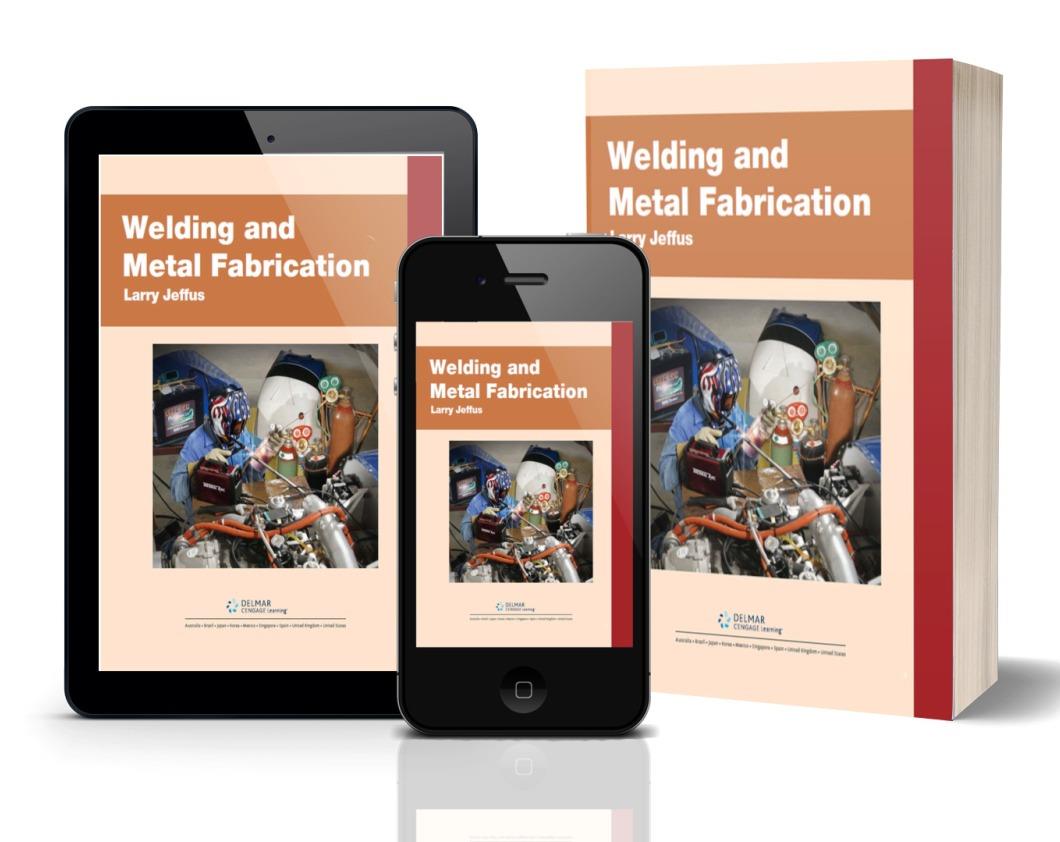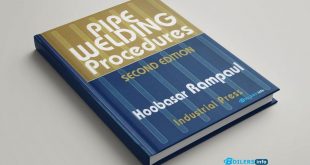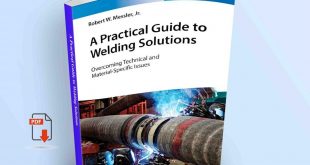Welding and Metal Fabrication: Backbone of Modern Industry
Welding and metal fabrication are integral processes that form the backbone of modern infrastructure, manufacturing, construction, and countless industries. While often used interchangeably, welding and metal fabrication are distinct yet closely linked disciplines that together transform raw metal into finished products, structures, and machinery.

🔩 What is Metal Fabrication?
Metal fabrication is a broad process that involves cutting, bending, shaping, and assembling metal materials into predefined structures or components. It begins with engineering designs and ends with the finished part or structure. The main stages include:
- Cutting: Using tools such as plasma cutters, shears, or lasers to size metal sheets and plates.
- Forming: Bending and shaping metal through press brakes or rollers.
- Machining: Precision removal of metal using lathes, mills, or drills.
- Assembly: Joining components using welding, fasteners, or adhesives.
- Finishing: Includes painting, powder coating, grinding, and polishing to enhance durability and aesthetics.
Fabrication is applied in industries like aerospace, automotive, construction, agriculture, and consumer products.
🔧 What is Welding?
Welding is a specialized process within metal fabrication that focuses on permanently joining two or more pieces of metal using heat, pressure, or both. There are several types of welding, each suited for specific applications:
- Shielded Metal Arc Welding (SMAW): Also known as stick welding, commonly used in construction and repair work.
- Gas Tungsten Arc Welding (GTAW/TIG): Produces high-quality welds, often used in aerospace and precision work.
- Gas Metal Arc Welding (GMAW/MIG): A fast and versatile method favored in manufacturing.
- Flux-Cored Arc Welding (FCAW): Used for thicker materials and outdoor environments.
- Submerged Arc Welding (SAW): Suited for heavy industrial fabrication with deep penetration and minimal spatter.
Welding ensures the structural integrity of bridges, ships, pipelines, and machinery.
🔍 Importance in Industry
The combination of fabrication and welding is critical in producing everything from skyscrapers to surgical tools. Key benefits include:
- Customization: Tailored designs for unique applications.
- Durability: Strong, permanent joints withstand harsh environments.
- Efficiency: Mass production of components with high repeatability.
- Innovation: Enables the development of complex structures and machines.
🦺 Safety and Skills
Both fields require skilled labor and adherence to strict safety standards. Operators must wear protective gear, follow welding codes (such as AWS or ASME), and understand metallurgy, blueprint reading, and quality control. Automation and CNC (Computer Numerical Control) are increasingly used to improve precision and safety.
🌐 Future Trends
- Robotic welding is streamlining production in automotive and aerospace sectors.
- Additive manufacturing (metal 3D printing) is merging with traditional fabrication.
- Green welding technologies are reducing environmental impact.
- Advanced materials like titanium and composites are pushing the limits of welding capabilities.
🏁 Conclusion & Get Book
Welding and metal fabrication are not just industrial processes—they are foundational crafts that fuel innovation, economic development, and technological advancement. From towering skyscrapers to micro-components, these disciplines continue to shape the world, quite literally, one weld and bend at a time.
 Boilersinfo Boiler and Mechanical Power Digital Library
Boilersinfo Boiler and Mechanical Power Digital Library





